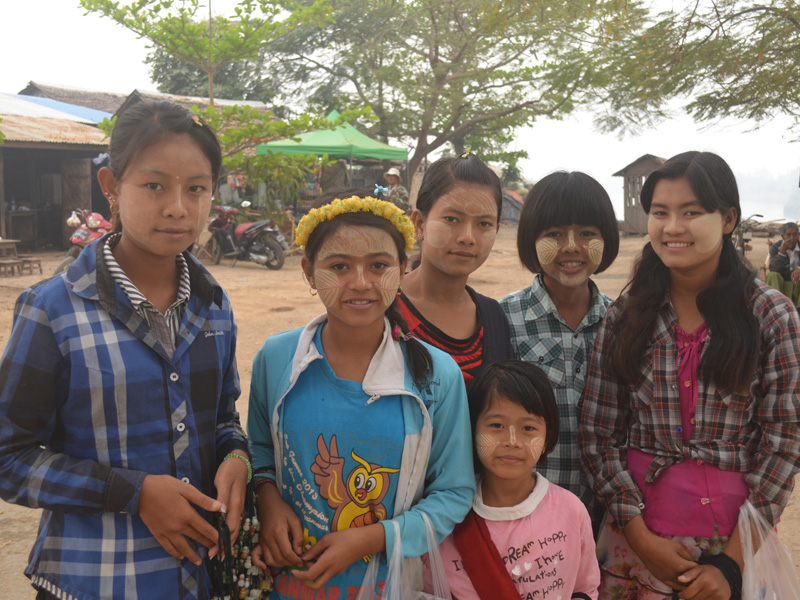
Burmese women: A culture of beauty
Historically the women of Myanmar have faced great obstacles and have been displayed as strong feminine figures. Here, cultural perceptions and ideas of aesthetics have led women to adopt unique practices and traditions that have magical and spiritual connotations; practices that also inspire feelings of beauty and female integrity.
Facial Tattoos
Burmese facial tattoos are amongst the most unique cultural expression of Asia and the world. There are several stories about the origins of this tradition. Perhaps the most influential is that of ancient Burmese kings misusing their power to make Chin women slaves, taking them away from their families. The Chin came up with the idea of covering their daughters’ faces with tattoos to make them unattractive and stop royal desires and other incomers.
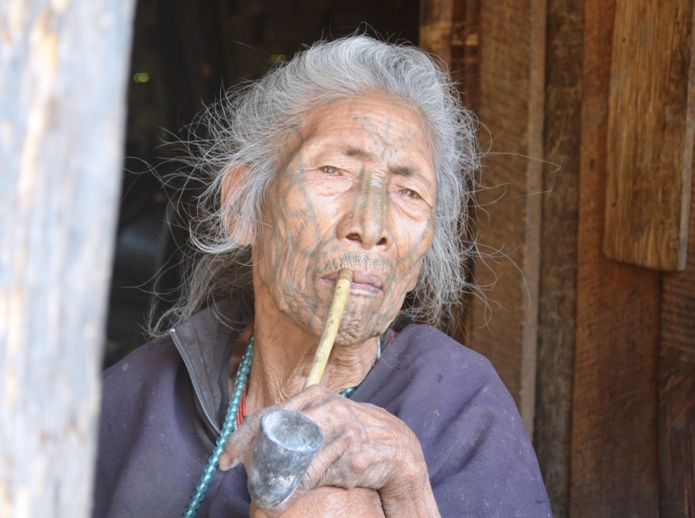
The Bamar believe facial tattoos came from the Shan people. They believed that the tradition had magical and protective powers.
During the following centuries the tattoos were insisted upon by parents. It is said that some women who tried to avoid the tradition ended up being isolated by their families, secluding them to reflect until they changed their minds.
However this tradition gradually began to have the opposite effect on society. What was originally intended to make women undesirable became a symbol of beauty.
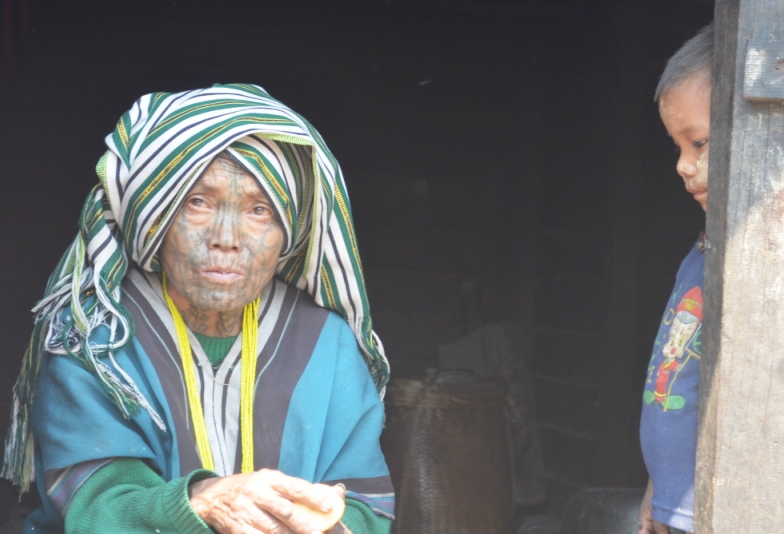
Most of the tattooed women feature spider web designs, other have symbols and traditional patterns. The ink used is a mixture of cow bile, soot, plants and pig fat. The designs are created using thorn needles.
Nowadays, things are different. Younger generations are reluctant to being tattooed for fear of ridicule and fear of heavy fines imposed by the militia junta.
Thanakha
Thanakha is a Burmese traditional cosmetic used by most Burmese females to protect their skin and for beauty purposes. The natural product has been used by Burmese women for over 2000 years. The meaning of the word is both ‘cosmetic for beauty’ and ‘cleansing’ in Burmese.
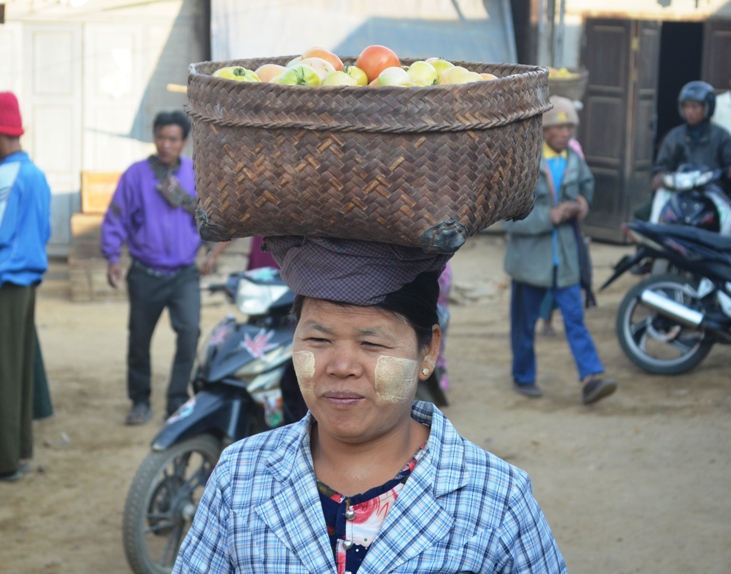
Thanakha is made from roots and timber covers of Thanakha three. However, several species may be used to produce the cosmetic, including Murraya spp. (Thanaka), Shwebo Thanaka, Limonia acidissima (theethee or wood apple) and Shinmadaung Thanaka. It can take up to 10 years for the tree’s trunk to reach a diameter of two inches.
The cream is made by grinding the bark, wood and roots with water. It helps protect the skin from sunburn and it offers a cooling sensation and smoother skin. It is also believed to help remove acne, stops oiliness, tightens pores and adds a pleasant, soft fragrance to the skin.
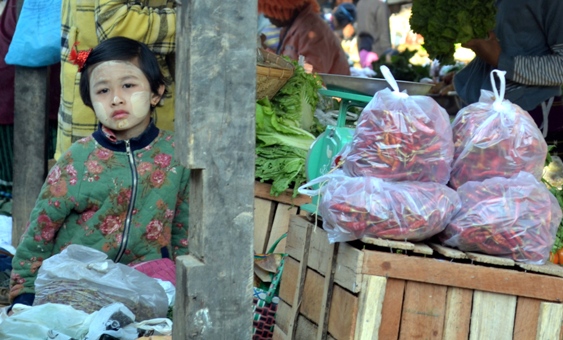
Kayan Lahwi neck rings
Some Kayan women start wearing neck rings as early as two years old. The coil is gradually extended to as much as twenty turns. Eventually, the weight of the coils places enough pressure on the clavicle to deform it. It pushes the collarbone and ribs down and creates an impression of a longer neck.
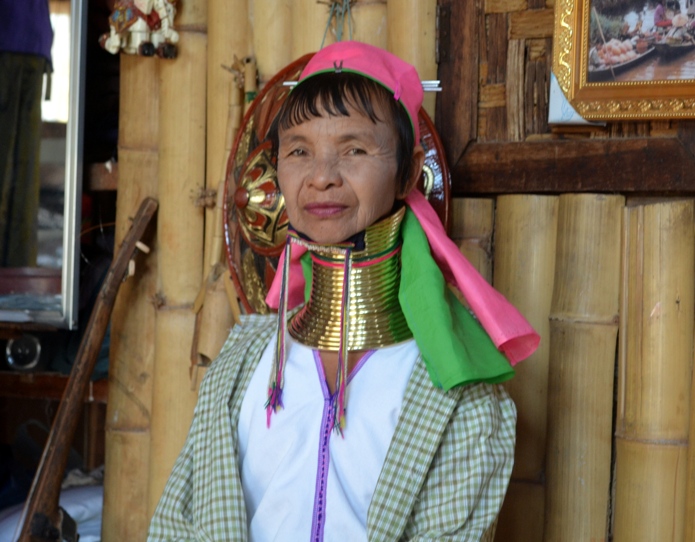
A full set of the neck rings can weigh as much as 10 kilos. The coiling and uncoiling of this rings takes so long that women rarely remove them.
It is unclear how the tradition started. It is said that some women wore neck rings for protection against tiger bites and even other tribes, making them less attractive and less likely to be taken into slavery. However, nowadays Kayan women use it to preserve their cultural identity and as a symbol of beauty.
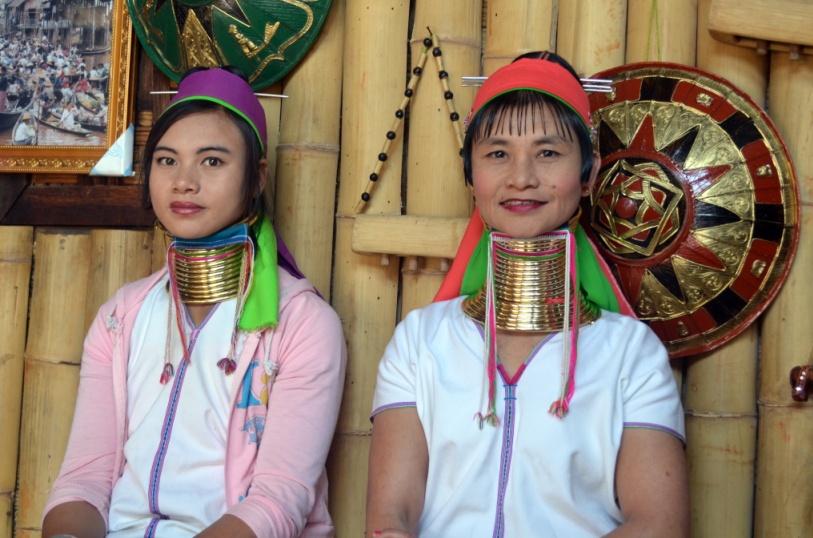

 Trustpilot
Trustpilot
 Tripadvisor
Tripadvisor